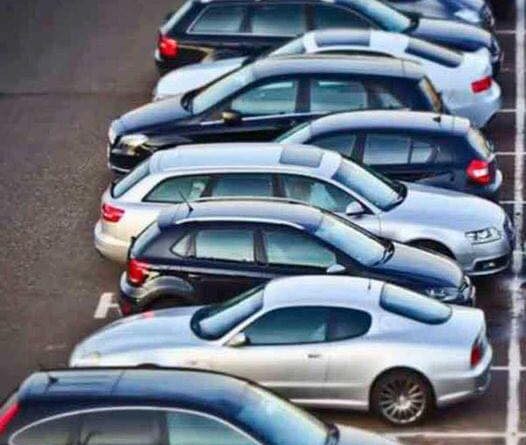The Case Against Backing Into Parking Spaces
Safety Concerns
Backing into parking spaces poses several safety risks. Judging the size of a parking space and the available room to reverse safely can be challenging. Despite modern safety technologies like rear cross-traffic alerts, there is still a risk of missing obstacles or other vehicles, potentially leading to collisions. Even with advanced safety features, maneuvering into a tight spot remains difficult, especially for drivers lacking experience or confidence.
Inconvenience to Other Drivers
Backing into a parking space can be frustrating for other drivers, particularly in busy lots. The process takes longer than pulling forward, causing delays and increasing traffic congestion. This can be especially problematic in areas with limited parking availability.
Legal Restrictions
In some places, backing into parking spaces is illegal due to the associated risks. Certain municipal and busy parking lots forbid this practice to prevent accidents. When vehicles pull out of a space, other drivers and pedestrians can see their brake lights, enhancing safety. This visibility is lost when backing in, creating a potential hazard.
Practical Considerations
- Visibility: Pulling forward into a parking space provides better visibility. Drivers can see their surroundings more clearly, reducing the risk of accidents.
- Ease of Maneuvering: For larger vehicles, backing into a space can be particularly challenging. Pulling forward allows more room for maneuvering and minimizes errors.
- Time Efficiency: The time saved by backing in is often negligible compared to the time taken to do so. Pulling forward is generally quicker and more straightforward.
Summary
Despite the perceived benefits, backing into parking spaces often causes more problems than it solves. It increases the risk of accidents, causes delays, and can be legally restricted. For the safety and convenience of all drivers, it is best to pull forward into parking spaces. This approach ensures better visibility, easier maneuvering, and a more efficient parking experience for everyone involved.

